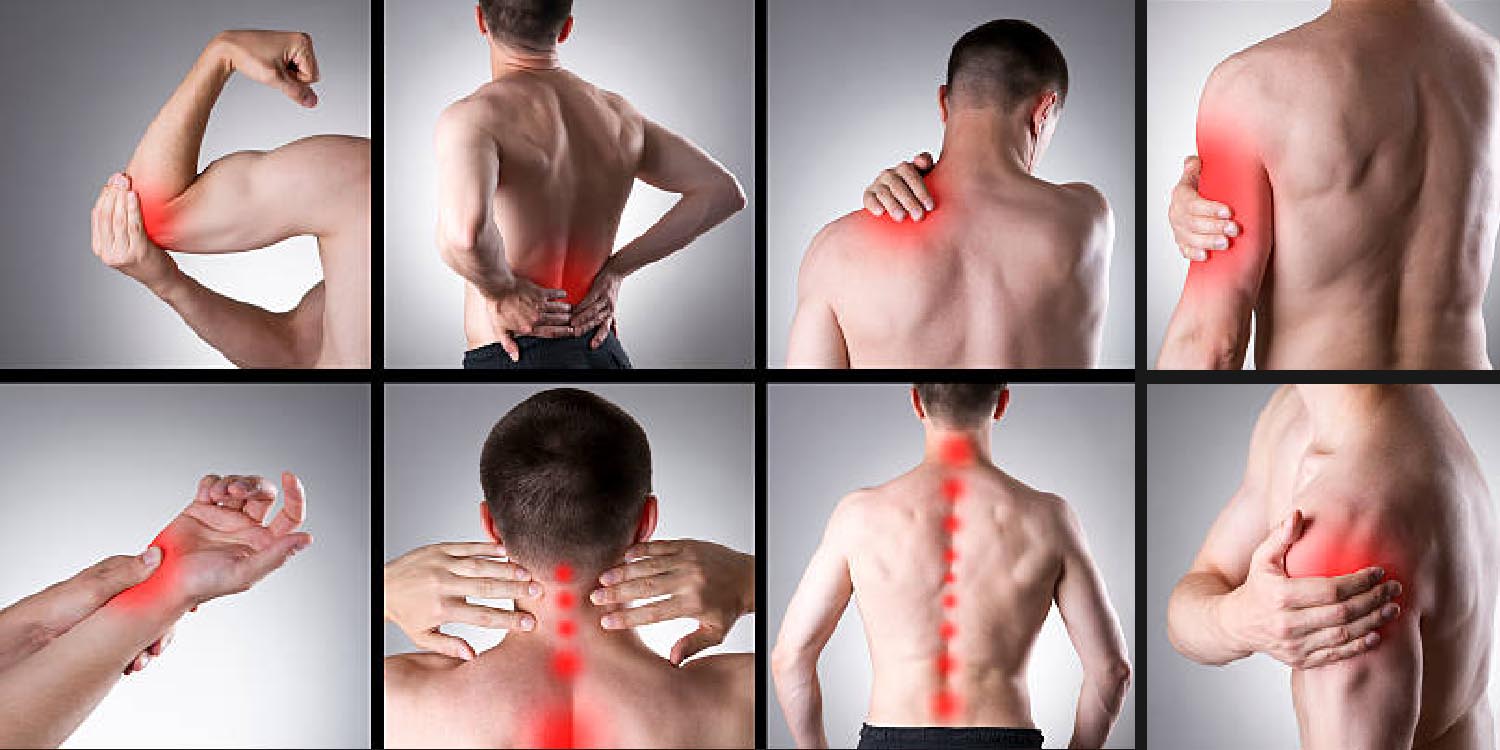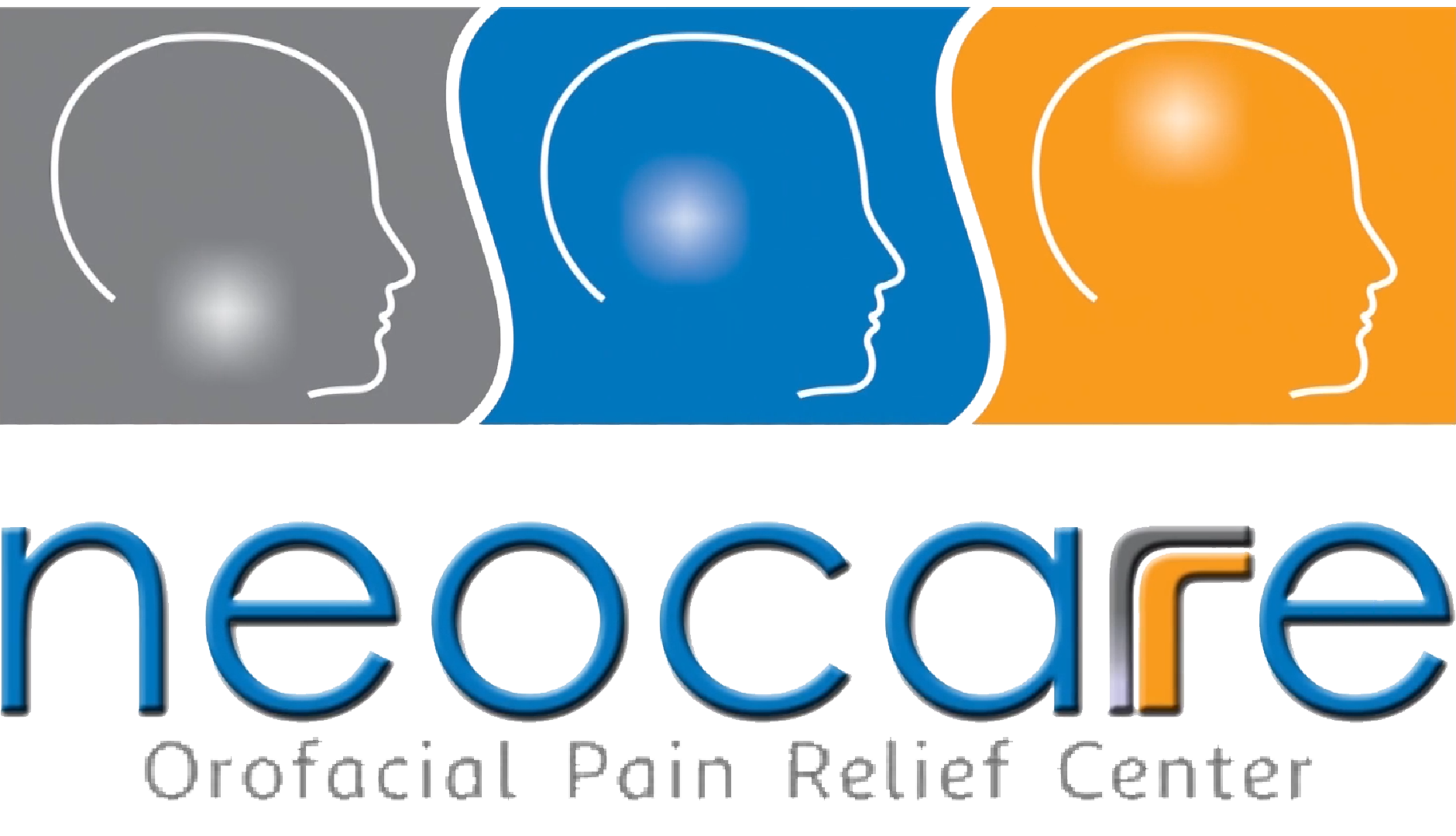
Understanding and Managing Muscle Pain: Causes, Symptoms, and Treatments
Muscle pain (Myofascial pain), also known as chronic myofascial pain (CMP) is a syndrome categorized by chronic pain caused by multiple trigger points and fascial constrictions. The most notable feature of CMP is the presence of trigger points. In some cases the origin of pain is different from the location where a person experiences pain. Nearly everyone at some point suffers from muscle pain, commonly known as myalgia fascitis or myofascitis. CMP most often occurs in people between the ages of 30 and 60 years & affects men and women equally.
Introduction: Muscle pain, also known as myalgia, is a common ailment that affects millions of people worldwide. It can range from mild discomfort to severe pain, significantly impacting one’s quality of life. Understanding the causes, symptoms, and treatments for muscle pain is crucial for effectively managing this condition.
Causes of Muscle Pain: Muscle pain can be caused by various factors, including:
- Overuse or Strain: Engaging in strenuous physical activities or repetitive movements can lead to muscle strain or overuse, resulting in pain and discomfort.
- Injury: Trauma or injury to the muscles, such as strains, sprains, or bruises, can cause localized pain and inflammation.
- Muscle Tension: Stress and anxiety can lead to muscle tension, resulting in stiffness and pain, particularly in the neck, shoulders, and back.
- Medical Conditions: Certain medical conditions, such as fibromyalgia, myositis, and infections like influenza or Lyme disease, can cause widespread muscle pain.
- Medication Side Effects: Some medications, including statins, ACE inhibitors, and antipsychotics, may cause muscle pain as a side effect.
Symptoms of Muscle Pain: The symptoms of muscle pain can vary depending on the underlying cause but commonly include:
- Localized or widespread pain: Pain may be localized to a specific muscle or area of the body or may be widespread.
- Stiffness and soreness: Muscles may feel stiff, sore, or tender to the touch.
- Reduced range of motion: Pain and stiffness can limit the range of motion in affected muscles or joints.
- Swelling and inflammation: Inflammation of the muscles may cause swelling, redness, and warmth in the affected area.
- Muscle weakness: Severe muscle pain may be accompanied by weakness or difficulty performing everyday tasks.
Treatment Options for Muscle Pain: Treatment for muscle pain aims to relieve symptoms and address the underlying cause. Common treatment options include:
- Rest and Activity Modification: Resting the affected muscles and avoiding activities that exacerbate pain can promote healing and prevent further strain.
- Ice and Heat Therapy: Applying ice packs or heating pads to the affected area can help reduce inflammation and alleviate muscle pain.
- Over-the-Counter Pain Relievers: Nonsteroidal anti-inflammatory drugs (NSAIDs) such as ibuprofen or acetaminophen can help reduce pain and inflammation.
- Physical Therapy: A physical therapist can prescribe exercises to improve flexibility, strength, and mobility, helping to alleviate muscle pain and prevent future injuries.
- Massage Therapy: Massage therapy can help relax tense muscles, improve circulation, and reduce pain and stiffness.
- Medications: In some cases, medications such as muscle relaxants or corticosteroids may be prescribed to alleviate severe muscle pain.
- Alternative Therapies: Techniques such as acupuncture, chiropractic care, and yoga may provide relief from muscle pain for some individuals.
Conclusion: Muscle pain is a common condition that can significantly impact daily life. By understanding the causes, symptoms, and treatment options for muscle pain, individuals can effectively manage their symptoms and improve their quality of life. It’s essential to consult with a healthcare professional for proper diagnosis and treatment tailored to individual needs. With the right approach, muscle pain can be effectively managed, allowing individuals to live active and pain-free lives.
